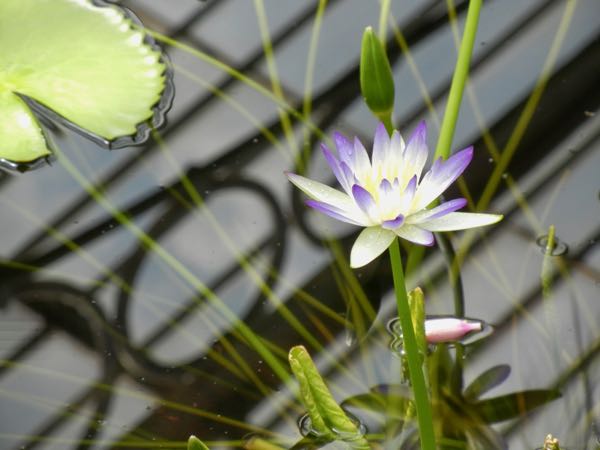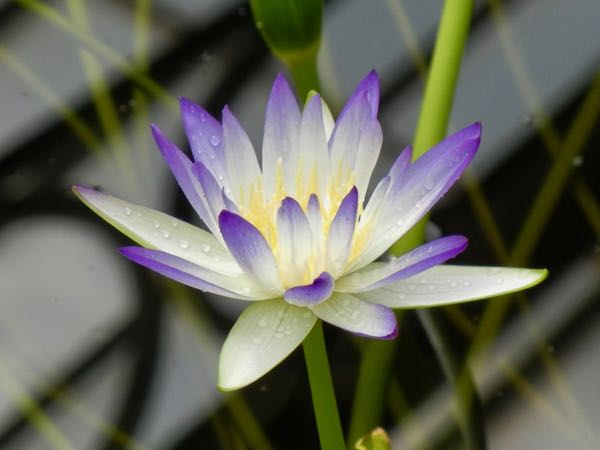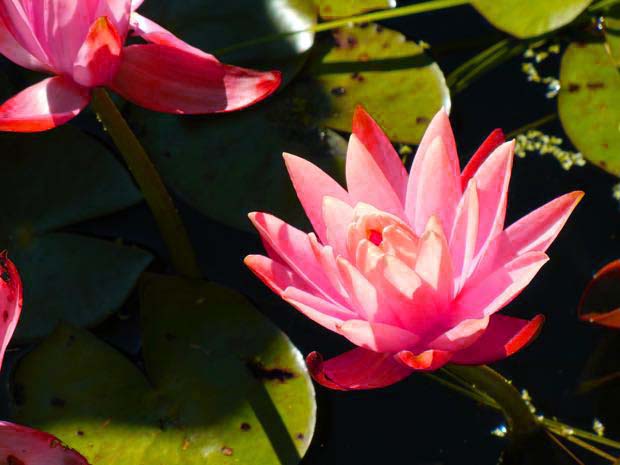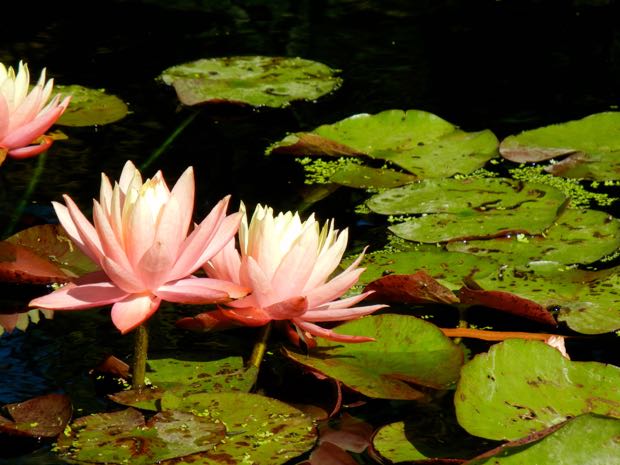Nymphaea lukei: A Fragrant Day-Flowering Water Lily
Nymphaea lukei, a water lily belonging to the Nymphaeaceae family of plants, was discovered and collected in 2008 by Surrey Wilfred Laurance Jacobs (1946-2009), an esteemed Australian botanist specializing in the taxonomy of aquatic plants.
Origin and Naming
Nymphaea lukei is native to Western Australia, specifically the Kimberley region. It is named after Luke Jaden Fussell, the grandson of S.W. L. Jacobs.
Description
Nymphaea lukei is a day-flowering water lily that showcases a globose rhizome. The flowers emerge gracefully, rising approximately 30cm (12 inches) above the water’s surface. The petals start as white and gradually transition to deep blue or mauve at the edges, with a vibrant yellow center. Notably, there is no distinct separation between the petals and stamens. The species is known for its fragrant blooms. The seeds of Nymphaea lukei possess a hairy texture.
Habitat and Conservation Status
Nymphaea lukei thrives in water pools found in creeks and rivers within its natural habitat of Western Kimberly, Australia. Unfortunately, this water lily is considered a threatened species due to habitat loss and fragmentation. It exists in only a few small populations in the Kimberley region.
Threats to Nymphaea lukei:
Several significant threats contribute to the declining population of Nymphaea lukei:
- Deforestation: Native forests in the Kimberley region are being cleared for agricultural and developmental purposes, resulting in the destruction of the water lily’s habitat along with other native flora and fauna.
- Invasive species: The Kimberley region faces invasive species, such as water hyacinth, which outcompete native plants for essential resources.
- Climate change: Rising water levels caused by climate change have resulted in the inundation of areas where Nymphaea lukei naturally grows.
Conservation Efforts
To safeguard Nymphaea lukei and mitigate these threats, the Australian government has implemented various protective measures, including:
- Threatened species designation: Nymphaea lukei has been recognized as a threatened species, affording it legal protection and raising awareness about its vulnerable status.
- Conservation areas: The government has established dedicated conservation areas within the Kimberley region to create suitable environments for Nymphaea lukei to flourish.
- Collaboration with landholders: Working closely with landholders in the Kimberley region, the government is providing support and guidance on sustainable land management practices that benefit Nymphaea lukei and the region’s native plants and animals.
Through these conservation efforts, it is hoped that Nymphaea lukei can be preserved for future generations to appreciate and enjoy its beauty in the wild.


Also, read Nymphaea or Water Lily



